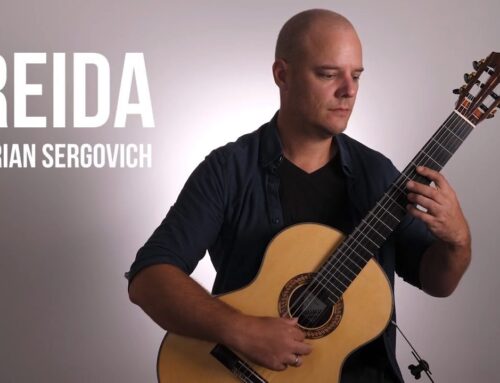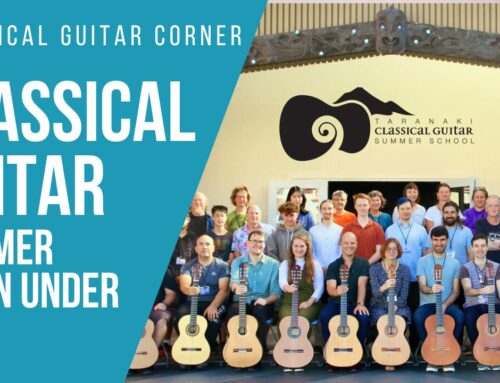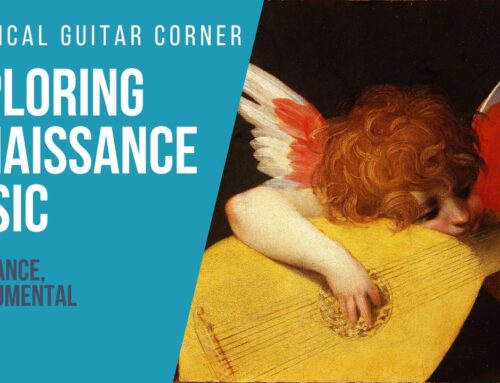Harmony Workshops
This article offers two harmony workshops, one on practical theory and another on how to identify harmonies.
Practical Harmony
A workshop looking at how we can apply out theoretical knowledge in a practical setting. This workshop is all about using harmony to create musical ideas. Here we focus more on the shared musical language of Western music. Specifically we’ll look at dynamic and expressive markings and how they connect with harmony practically. These help us make musical sense of our pieces.
Presentation starts at 8:54
Identifying Harmonies
In the next workshop, Simon offers a lesson on identifying harmonies. First, we start with harmonizing a C Major scale by building triads off of each scale degree. Then we’ll look at a piece of music to identify some of these harmonies.
Next, we look at inversions. Inversions are the same chord with the notes all out of order. What kind of inversion it is will depend on what note is the lowest in the chord. We can then spot places where we see the same harmonies, but now using inversions.
In the next part we will look at passing tones, neighbor notes, and non-chordal tones. These are all closely related to one another but you find them in different places in music. So it’s important to distinguish between them.
After that we look at drone or pedal notes. These are bass notes that stay the same as harmonies above them change.
Finally, we look at suspensions. Suspensions find notes from one harmony continue on to the next harmony and then resolve down to a chordal tone of that second harmony. These create lots of suspense and relief.
***
These workshops come from The CGC Show, a live show at our YouTube Channel. Go here to subscribe to our YouTube Channel so you can stay up to date with upcoming live events!
And many of the concepts covered here can be found in our theory lessons at CGC Academy. Join CGC Academy today!




Leave A Comment